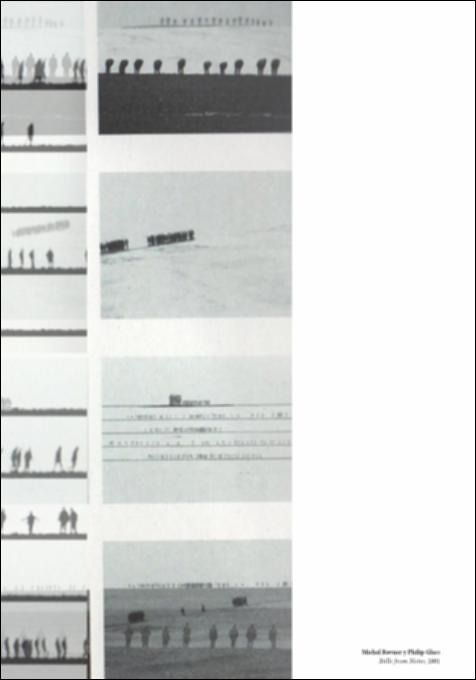Please use this identifier to cite or link to this item:
http://hdl.handle.net/10637/11906Lauburus, espirales y laberintos en los proyectos arquitectónicos de Jorge Oteiza.
| Title: | Lauburus, espirales y laberintos en los proyectos arquitectónicos de Jorge Oteiza. Lauburus, Spirals and Labyrinths in Jorge Oteiza's Architectural Projects |
| Authors : | Sarasola Rubio, Fátima |
| Keywords: | Composición arquitectónica; Imágenes arquetípicas; Símbolos vascos; Architectural composition; Archetypal images; Basque symbols |
| Abstract: | Al contemplar la obra de Jorge Oteiza, se abre ante nosotros un universo
estético lleno de enlaces moleculares, sonemas, tartes, unidades Malevich,
diedros, triedros y frontones vascos; crómlechs, círculos, esferas,
huevos, espirales y laberintos, que el escultor analiza y entreteje, en su
lucha por recuperar la herencia ancestral del hombre vasco.
El contenido simbólico de estas imágenes arquetípicas y su gran valor
plástico, conforman un "sustrato formal y mágico", con el que el escultor
trata de recomponer una compleja documentación, que conecta el
proceso artístico desde la prehistoria vasca, hasta los movimientos del
arte del siglo XX. Oteiza nunca abandona estas reflexiones, y espirales y
laberintos le acompañan en la génesis de algunos de sus proyectos arquitectónicos
como el de la Capilla en el Camino de Santiago, el Instituto
Internacional de Investigaciones Estéticas Comparadas para San Juan de
Luz o el del Cementerio de Ametzagaña, en San Sebastián. Looking at Jorge Oteiza’s work, it opens an aesthetic universe full of molecular links, sonemas, tartes, Malevich units, dihedrals, trihedrals and Basque frontones; cromlechs, circles, spheres, eggs, spirals and labyrinths, that the sculptor analyses and interweaves, in his continuous struggle to recover the ancestral heritage of the Basque man. The symbolic content of some archetypical and great artistic value images, conform for the sculptor a "formal and magical substrate", in order to recompose a complex documentation in which he links the basque prehistorical artistic process with the 20th Century artistic movements. Oteiza never leaves these thoughts behind and spirals as well as labyrinths accompany him in the genesis of some of his architectural works like the Chapel in Saint Jacobs Way, the International Institute for Compared Aesthetics Researches in Saint Jean de Luz or the Cemetery of Ametzagaña in San Sebastian. |
| Description: | En: Constelaciones. ISSN. 2340-177X. n. 4, 2016, pp 103-114 |
| URI: | http://hdl.handle.net/10637/11906 |
| Rights : | http://creativecommons.org/licenses/by-nc-nd/4.0/deed.es |
| Issue Date: | 1-May-2016 |
| Appears in Collections: | Núm. 4 (2016) |
Items in DSpace are protected by copyright, with all rights reserved, unless otherwise indicated.


